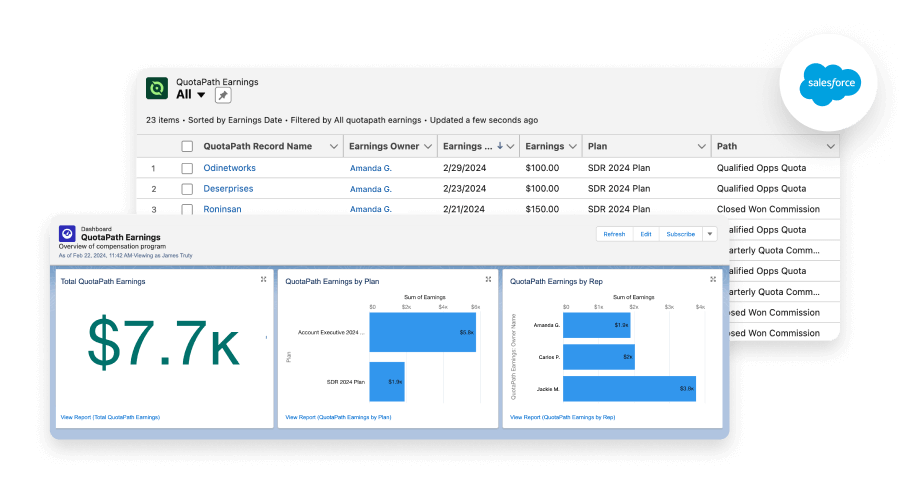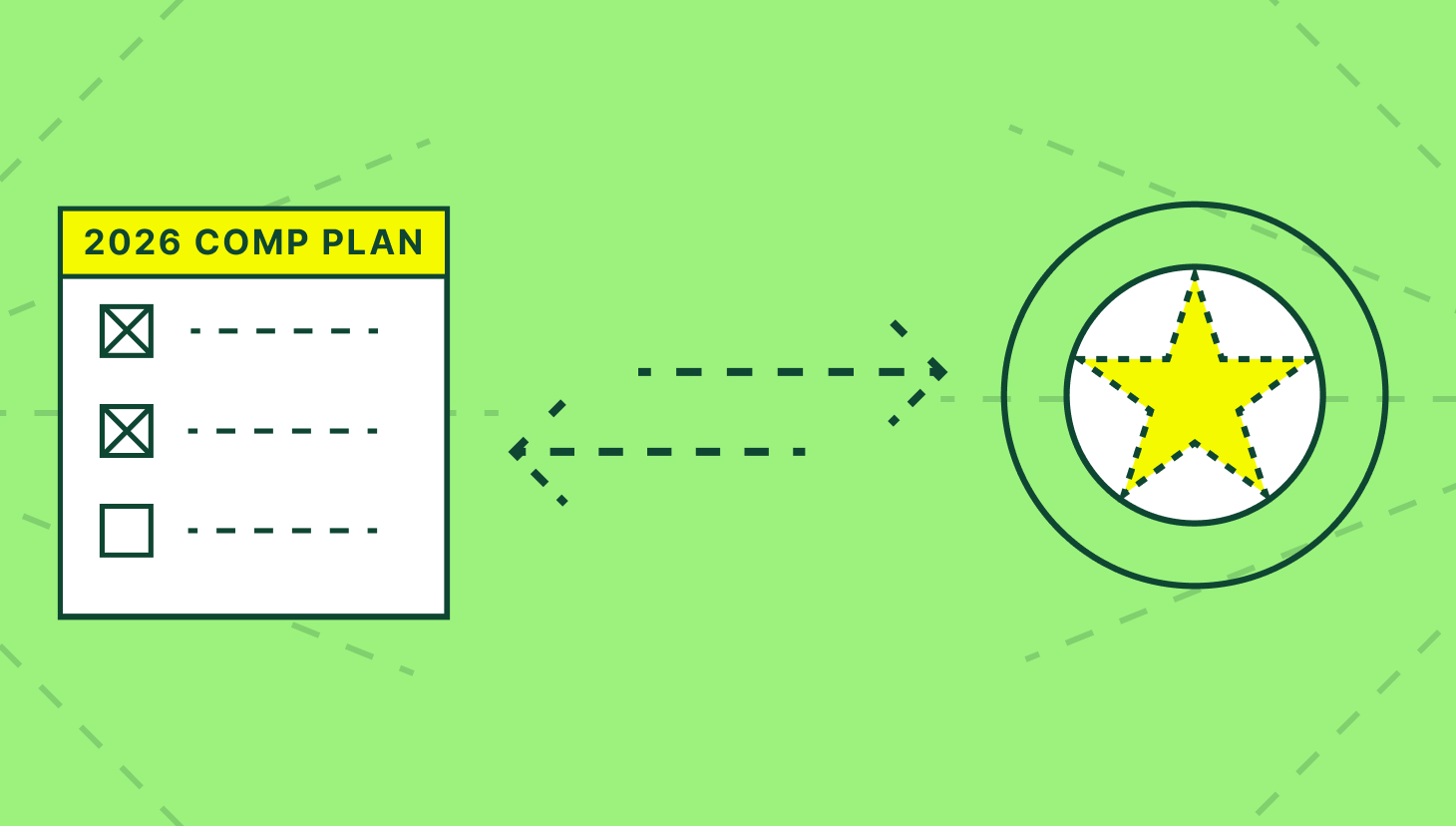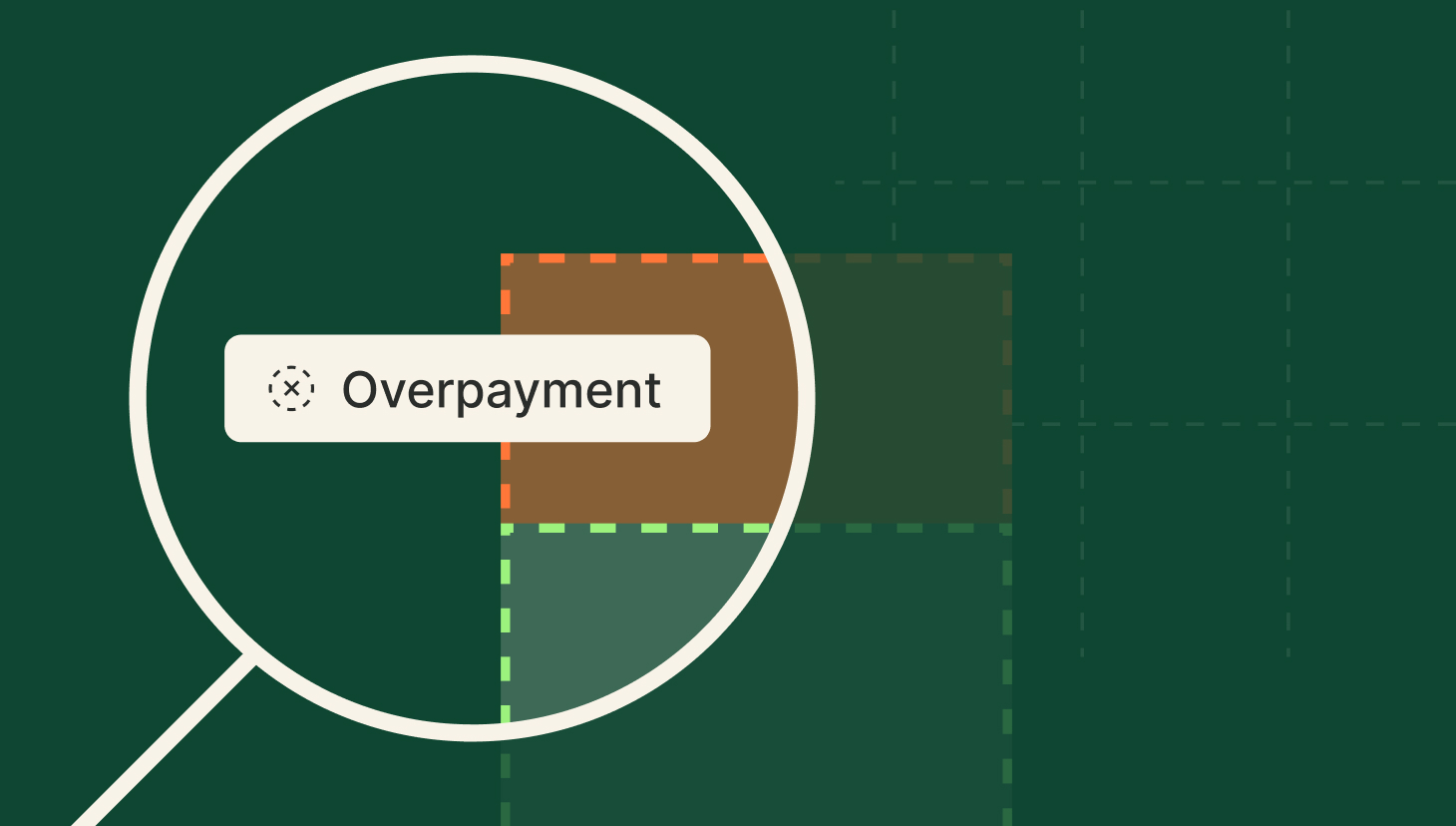More than 150,000 customers worldwide depend on Salesforce as their CRM (source).
This number puts Salesforce at the top position in the CRM market, largely due to its comprehensive feature set, robust ecosystem of partners and apps, and commitment to innovation for customers across industries.
Despite this, Salesforce commission capabilities remain a complex problem.
There’s no one-size-fits-all approach, which is pretty classic Salesforce.
Rather, Salesforce commission calculation is a flexible process that can be customized to meet your organization’s specific needs.
Read on to learn the ins and outs of Salesforce commission tracking.

What Is Salesforce Commission Tracking?
We’ll start with what Salesforce commission tracking is.
Salesforce commission tracking refers to the process of monitoring and managing sales commissions using the Salesforce CRM platform.
This involves keeping a real-time record of sales deals, calculating commissions based on defined criteria (like deal size or percentage), and automating payouts for sales reps.
While Salesforce doesn’t offer this out-of-the-box, admins can create custom workflows to streamline the process.
However, the most efficient and accurate way to do this is by integrating Salesforce with a commission automation tool, like QuotaPath.
By adding QuotaPath’s app directly into Salesforce, admins can leverage Salesforce to build detailed reports that track earnings data, including Total Earnings, Earnings by Compensation Plan, and Earnings by Rep according to their Salesforce commission structure.
This data displays directly in Salesforce, offering real-time visibility into how commissions are calculated and earned. Providing sales reps with direct access to their earnings data not only increases transparency but also boosts motivation as they can clearly see how their performance impacts their compensation. (Visit AppExchange to learn more.)
Key Use Cases:
Simplifying Commission Calculations: Salesforce with commission tracking tools automate the calculation of commissions based on pre-set rules, such as percentage of deal value, specific product sales, or tiered commission structures. This removes the need for manual tracking, reducing the risk of human error.
Automating Processes: With payout eligibility rules set in the commission tracking platform that’s integrated with Salesforce, you can automatically trigger commission payments once a deal is marked as closed. This ensures timely and accurate payments, boosting morale and trust among the sales team.
Reducing Errors: Centralizing commission tracking within the CRM eliminates the need for spreadsheets and manual data entry, leading to fewer mistakes in calculating commissions.
These features ultimately allow businesses to increase the efficiency and accuracy of their commission structures, keeping sales teams and management aligned on performance and goals.
How Does Salesforce Track Commissions?
While Salesforce doesn’t have a built-in commission tracking module, several effective methods for managing commissions within the platform exist.
Here are the primary approaches:
- Custom Commission Objects:
- Create custom objects to store commission-related data, such as commission amount, commission type, and payment schedule.
- Use custom formulas to calculate commission amounts based on specific criteria automatically.
- Third-Party Apps:
- Explore the Salesforce AppExchange for specialized commission tracking apps like QuotaPath, Spiff, Performio, and Xactly. These apps often provide advanced features, real-time data, and in-depth reporting.
- Explore the Salesforce AppExchange for specialized commission tracking apps like QuotaPath, Spiff, Performio, and Xactly. These apps often provide advanced features, real-time data, and in-depth reporting.
- In-House Administration:
- Leverage Salesforce’s built-in features and formulas to calculate commissions manually. This approach requires technical expertise and can be time-consuming.
Beyond Calculation:
Salesforce commission tracking can be used for more than just calculations. You can also:
- Create commission schedules: Define payment terms and frequencies.
- Assign commission schedules: Associate specific schedules with individual salespeople or teams.
- View commissions in quotes, policies, and producer records: Track commission information across various Salesforce objects.
By effectively managing commission tracking in Salesforce, you can streamline your sales operations, ensure accurate payments, and gain valuable insights into your sales team’s performance.

EverView cleans up commissions with QuotaPath’s Salesforce Integration
SaaS company achieved record sales in 3 months following QuotaPath implementation. Leaders cite “rep visibility” into earnings and comp plans as key reason why.
Read MoreHow Does Salesforce Calculate Commissions?
Although Salesforce doesn’t offer a built-in commission calculation module, you can either create custom objects and formulas to calculate commissions manually, or use third-party apps from the AppExchange that specialize in commission tracking.
Steps to Calculate Commissions in Salesforce:
| Step | Action |
| 1. Navigate to Object Manager | Access the Object Manager from your Salesforce dashboard. |
| 2. Create a Custom Object | If one doesn’t exist, create a new custom object named “Commission” or another relevant name. |
| 3. Add Custom Fields | Define custom fields to store important information like commission amount, commission type, payment date, and more. |
| 4. Create a Flow | Use Salesforce’s Flow Builder to automate commission calculations based on your structure. |
| 5. Define Logic | Add logic to the flow to calculate commission amounts based on revenue, quota attainment, or product type. |
| 6. Set Field Values | Configure the flow to update the appropriate fields in your custom commission object with the calculated amounts. |
Try the most collaborative solution to manage, track and payout variable compensation. Calculate commissions and pay your team accurately, and on time.
Start TrialBenefits And Limitations Of Using Salesforce To Calculate And Track Commissions
Overall, Salesforce is a powerful tool for calculating and tracking commissions.
However, it’s important to weigh the benefits and limitations to determine if it’s the right solution for your organization. If you have a complex commission structure or limited technical resources, you may want to consider a specialized commission tracking app.
Benefits:
- Customization: Salesforce allows you to create custom objects and fields to tailor your commission tracking to your specific needs.
- Integration: Salesforce integrates seamlessly with other sales tools and systems, providing a comprehensive view of your sales data.
- Automation: You can automate commission calculations using workflows and formulas, reducing manual effort and errors.
- Reporting and Analytics: Salesforce offers powerful reporting and analytics tools to help you visualize commission data and identify trends.
- Scalability: Salesforce can handle the needs of businesses of all sizes, from startups to large enterprises.
Limitations:
- Complexity: Setting up and maintaining a custom commission tracking system in Salesforce can be complex, especially for organizations with complex commission structures.
- Third-Party App Costs: If you use a third-party app for commission tracking, you may incur additional costs.
- Limited Out-of-the-Box Functionality: Salesforce doesn’t have a built-in commission tracking module, so you’ll need to configure it yourself or use a third-party app.
FAQ
What is Salesforce?
Salesforce is a leading customer relationship management (CRM) platform that helps businesses manage interactions with their customers and clients. It provides a centralized database for storing customer information, tracking sales activities, automating marketing campaigns, and managing customer service interactions. Salesforce has become a popular choice for businesses of all sizes due to its flexibility, scalability, and extensive ecosystem of partner applications.
Founded in 1999, Salesforce launched its initial CRM product in 2000. Since then, the company has experienced rapid growth and adoption with over 150K customers and north of 20% marketshare.
What tools should you use for commission tracking?
For effective commission tracking, consider these tools:
- QuotaPath: A specialized tool designed for commission tracking and management, offering features like automated calculations, real-time reporting, and integration with popular CRMs like Salesforce and HubSpot that put commission data directly in your CRM. Recognized for its ROI, support, and platform adaptability to accommodate changes throughout the year.
- Xactly: A dedicated commission tracking and sales performance management platform with advanced features specializing in enterprise customers.
- Spiff: Another specialized commission tracking tool,Spiff provides features for automating commission calculations, tracking sales performance, generating reports, and managing sales incentives


